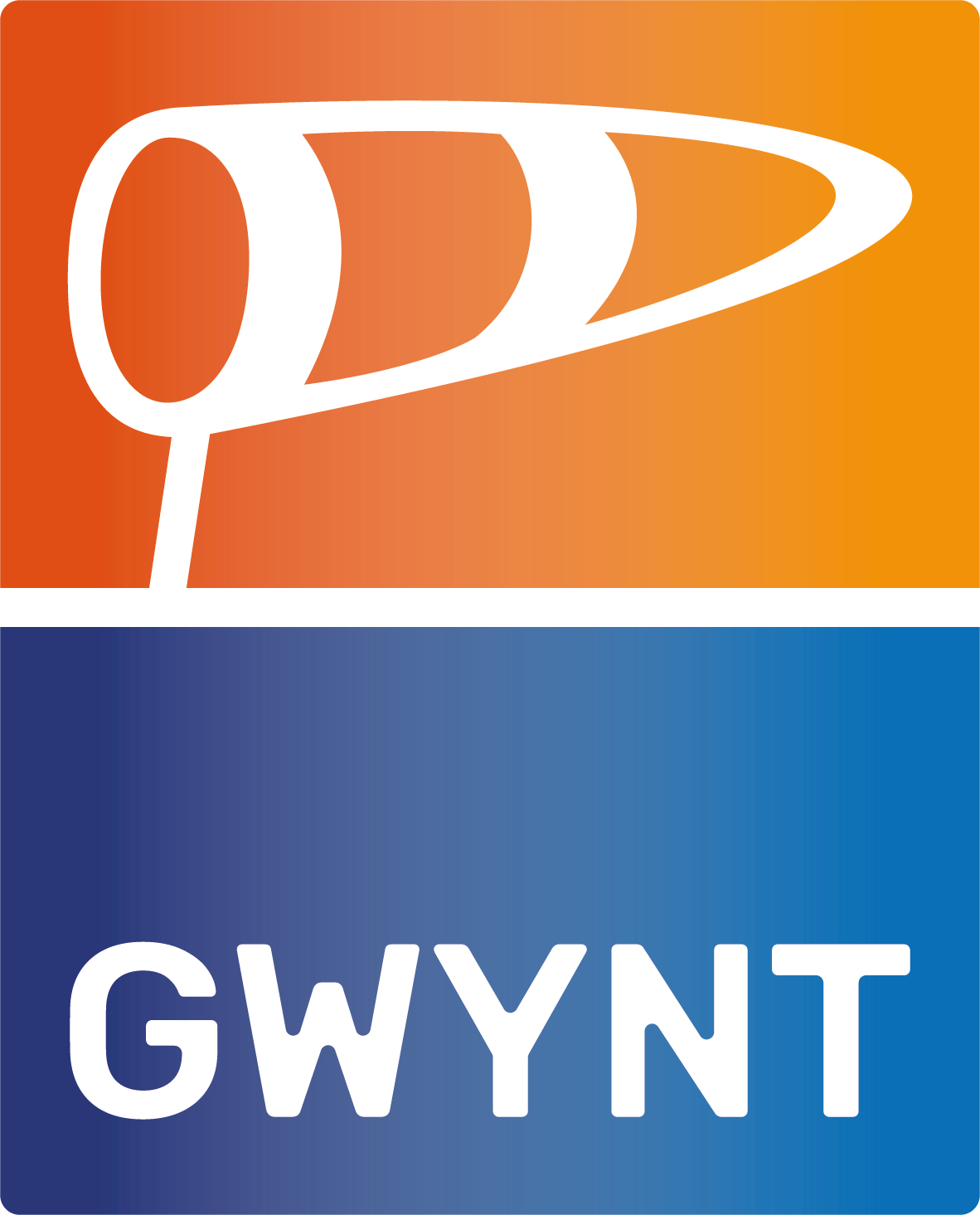21 August 2017
Company
Nynas is a leading global manufacturer of naphthenic speciality oils (NSP), and bitumen products based in Sweden. The company has three own refineries in Europe, refining activities in the UK and the Netherlands Antilles. Nynas has sales offices in more than thirty countries and a global distribution system.
Situation
Door de overname van de Harburg raffinaderij namen de volumes toe. Een rationalisatie van het distributienetwerk was nodig om de optimale ‘route to market’ te bepalen en de service levels en logistieke kosten verder aan te scherpen. Nynas heeft Gwynt gevraagd een nieuwe footprint voor het wereldwijde Nafteen logistieke netwerk te ontwerpen.
Approach
Nynas has asked Gwynt to assess their global naphthenic logistic network and to provide a logistic blueprint that is cost effective and can accommodate further growth. The naphthenic logistic network consists of three refinery locations, three hubs located in Europe, Asia and North Americas, and 26 depots worldwide. The key challenges in this network study were:
- Nature of the business, products need to be stored and distributed in dedicated tanks and are ‘build’ en route via blending activities throughout the network.
- Change in footprint with the new refinery, a new hub in Singapore and strong growth expectations in Asia.
To carry out this logistic network assessment the following approach was developed in close cooperation with Nynas:
Network mapping: understanding the network flows and especially their restrictions; using PTV software to map flows and volumes and creating a fact based overview of current logistics state.
Develop and build logistic model with base case reflecting current logistic cost structure and flows.
Scenario modelling and solution development: Identify potential scenarios by:
- Comparison between current network and (greenfield) network blueprint based on centre of gravity analysis.
- Comparison of end-to-end logistics cost per depot per ton.
- Comparison of throughput per tank on the different depots.
This provided various scenarios which required further investigation. Per scenario, business cases were built to evaluate its potential.
New footprint and implementation roadmap: The potential savings identified were aligned with the relevant stakeholders, resulting in further fine-tuning of the implementation roadmap.
Result
The roadmap consisted of various actions such as more direct shipping from the hub, closing depots or specific tanks, optimizing tank set up and shifting blending activities. After having defined the new footprint, optimal safety stock levels and shipping sizes were determined accordingly for further potential savings. The new footprint is currently being implemented and estimated savings are being realised.
As a consequence, Nynas is ready for further growth with an optimized and cost effective network.

